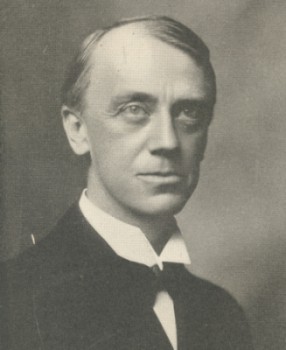Part F
Promoting the Road During a War
On the Road to Chicago
Around this time, BPR Director Page was in Denver, Colorado, for several days before heading to Chicago for the AASHO/Highway Industries Association meeting.
Around this time, BPR Director Page was in Denver, Colorado, for several days before heading to Chicago for the AASHO/Highway Industries Association meeting.
On August 5-7, 1918, the Spanish Trail Highway Association held its annual convention in Durango, Colorado, with over 600 delegates in attendance. (The name referred to a trail pioneered by American and Mexican traders from Santa Fe, New Mexico, to Los Angeles, via Colorado, Utah, and Nevada, not the 19th century trail known as the Old Spanish Trail or the rival trails in Kansas.) One of the important resolutions adopted was to change the name of the organization to the Spanish Trail-Mesa Verde Highway Associat
On January 21, 1918, 160 representatives of industry met in the Florentine Room of the Congress Hotel in Chicago for what promised “to be the greatest and most practical move for efficiently co-ordinating the highways of our country, developing the means for transportation and ultimately linking up our main lines of travel.” They formed the Highway Industries Association, to be headed by S. M. Williams, sales manager of the Garford Motor Truck Company.
In mid-1917, The Automobile Journal featured a travel issue containing descriptions of several named trails. First up was the National Old Trails. The article began:
National Old Trails
Under the Victory Arch to Everywhere
In April 1917, American Motorist carried Robert Bruce’s discussion of signing along the main named trails:
Robert Bruce was a prolific good roads writer for AAA and the Automobile Blue Book travel guides who took a particular interest in the history of the roads he wrote about. In a two-part article on the history of roads in Indiana, he discussed the coming of named trails to the State, including the National Old Trails Road:

In the September 1921 issue of American Motorist, M. O. Eldridge explained the Senate’s action:
In mid-1920, the Automobile Club of Southern California dispatched two men to chart complete strip maps of the National Old Trails Road and the Lincoln Highway from the Pacific Coast to the Eastern seaboard. When “Doug” Rhodes and O. W.
The April 1914 issue of Better Roads and Streets contained Judge Lowe's response to the "peacock lane and pole cat speech." He was not backing down. He explained that: